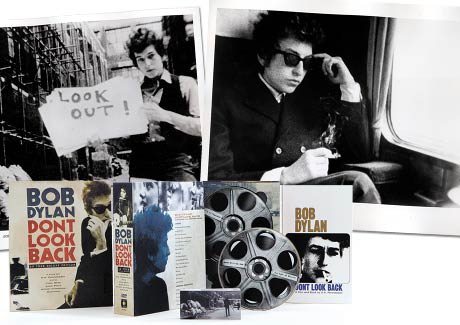Martin Scorsese's masterful documentary is a veritable treasure trove of music and footage for Bob Dylan fans focusing on the singer's infamous transition from "protest singer" to "song and dance man" in the early to mid-'60s. At its core, No Direction Home is a film about perception, about the limitations and obstacles Dylan overcame to bring his artistic vision to light. Whether copping Woody Guthrie's mannerisms in Greenwich Village or assembling the fiercest blues rock bands around, Dylan faced equal amounts of acceptance, resistance and bewilderment from fans, friends and critics in the first half of the '60s. In the face of it all Dylan remained steadfast and defiant about the direction his music was taking and, utilising rare and unseen footage, Scorsese's film captures the rebellious and dangerous air surrounding the singer as he travelled the world. Scorsese digs up famous faces in Dylan folklore, including Dave Van Ronk, Allen Ginsberg, Joan Baez, Al Kooper, and even Suze Rotolo, who all provide a revelatory narrative of the time period. Beyond the incredible incendiary performances, the flat-out highlight of the film is Dylan. Lucid and engaged, he provides Scorsese with the most revealing interview ever recorded about this tumultuous period in his life. But stopping the story in 1966 after Dylan's mythical motorcycle accident with a banal pronouncement that "he continued to write and record songs" lends credence to notions that Dylan's best work indeed occurred long ago. No film could ever capture the complete essence of a living legend and Scorsese's focus on the rise of Dylan is remarkable. The offhanded dismissal of some of Dylan's strongest work after '66, however, is an unfortunate conclusion to this otherwise stellar document. Plus: live performances, more. (Paramount)
Bob Dylan
No Direction Home: Bob Dylan

BY Vish KhannaPublished Nov 1, 2005